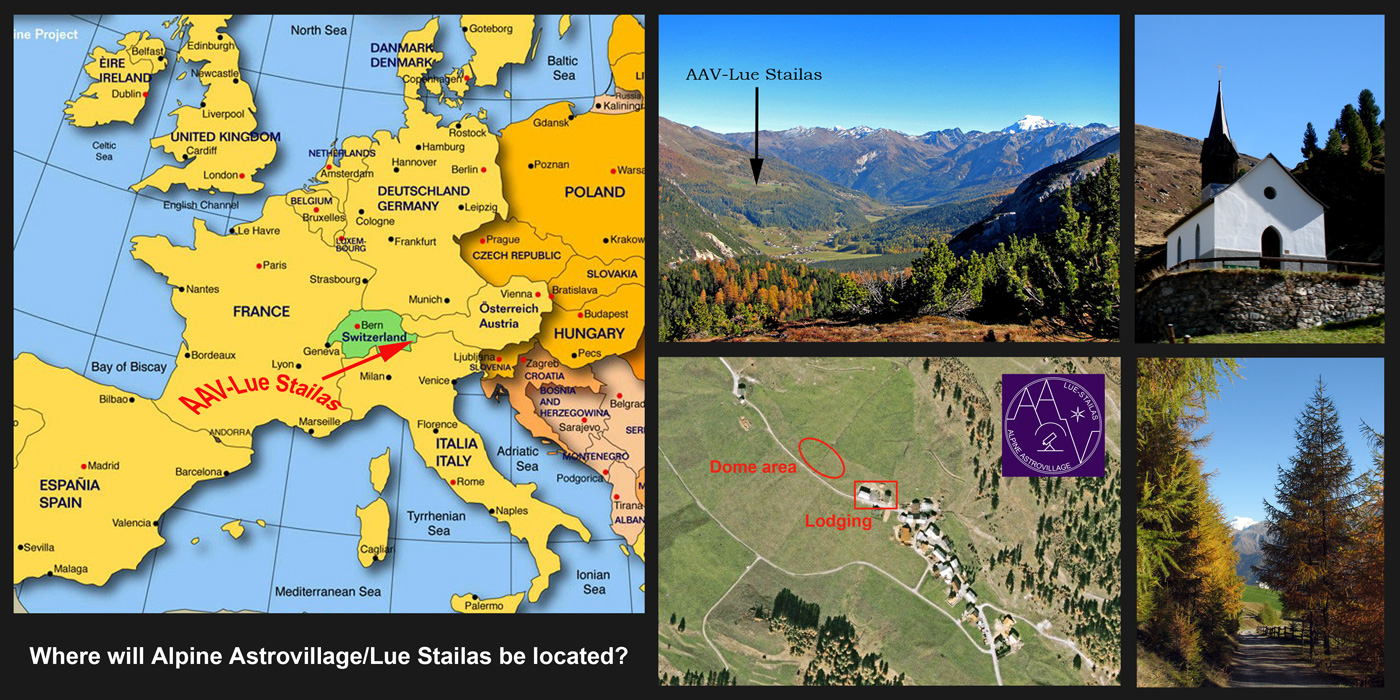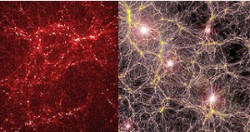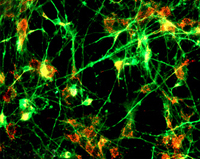In the easternmost part of Switzerland near the Italian border, lies a pristine area of land ranging from 1,400 to 3,173 meters above sea level. It encompasses 172,400 hectares of forests, alpine grasslands and bare rocks or screes that are strictly protected and not inhabited. Each year, around 50 researchers from Switzerland and abroad carry out scientific studies in the area. A research committee is responsible for the coordination of the various projects, such as hydrology, meteorology, biodiversity, ecology. Now, another specialty is arriving in this area in form of a private endeavor – astronomy.
AAV Lue-Stailas is a new center for amateur astrophotography in the eastern Alps of Switzerland. Built on a sunny terrace at 1935 m (6300 ft) and facing south into the beautiful valley of Muestair, the center’s prime geographical location benefits from excellent sky conditions with about 250 clear nights a year. Thanks to its rigorous protection policy, Val Muestair was able to keep much of its original rural and natural habitat. This will soon be honored by the regions participation in a new high-alpine UNESCO Biosphere Reserve in the European Alps, the Val Muestair/Swiss National Park Reserve. AAV Lue-Stailas will collaborate with this unique “Biosferaâ€-Project in order to bring its pristine skies to the public. The center will open in March of 2009, the International Year of Astronomy.
AAV Lue-Stailas is the brainchild of Václav and Jitka Ourednik who hold both a PhD in neuroscience and have been studying the regenerative capacity of the central nervous system for over 20 years. While pursuing competitive research and publishing in foremost scientific journals, they present their scientific results at international symposia and organize professional meetings and seminars. But what’s happening in Switzerland has been born of the unique love of both the micro and macro cosmos. Says Jitka, “The views through a microscope can be remarkably similar to vistas in the universe imaged through a telescope such as the Hubble Space Telescope (HST) or simulated with computers according to current cosmological theories.”
–caption: Filamentous clusters of galaxies as pictured by the HST (left) or in a computer simulation (right). Neuronal cell culture as seen in a fluorescent microscope.
In order to promote public awareness for the need to protect the natural habitat and dark skies, Václav and Jitka have decided to make their life-long hobby a profession and create a center for amateur astrophotography in Europe. Their search for the best possible location for hosting a unique telescope facility lasted several years. Finally, being both fond of the Swiss Alps, they chose a sunny terrace at an altitude of 2000 m in the county of Lue in eastern Switzerland for the creation of the Alpine Astrovillage Lue-Stailas. Says Vaclav, “Recent statistics show that the global interest in astronomy increases every year dramatically. Moreover, people are not only interested in astronomy and astrophotography but they also realize how important their contribution is in the preservation of our global natural habitat, which also includes the protection of dark night skies by a strict control of light pollution.”
At Alpine Astro Village, each living quarters/studio will have its own automated dome, telescope and imaging equipment, which can be, if needed, operated from the studios. Another treat of the center are its two robotic telescopes in Australia for remote imaging of the southern skies.. Yet, although the main purpose of the site is astrophotography, and there will also be telescopes set up for visual exploration for public activities like star parties and AAV club activities, there’s just a little more to this sphere than the astronomy angle:
“One of the unique aspects of AAV Lue-Stailas is that we strive to maintain and profit from the contrast of embedding our center of modern life style and high-tech equipment within the historical heritage of the region . This allows the visitors to fully enjoy and capture the beauty of the local night sky while having the opportunity to enjoy all the treasures of the valley and its vicinity during the day” say the Ouredniks, “The region provides limitless opportunities for daytime nature walks, biking tours, or demanding hiking expeditions. In winter, downhill skiing is less than one car-hour away (famous resorts such as Davos, Pontresina, St-Moritz…)and cross-country ski tracks are right at our center’s door step. We also strongly suggest visiting of the neighboring villages in the valley and beyond. You will find beautiful, traditional, and historic architecture, led by the Monastery of Saint John in Muestair, a United Nations Educational, Scientific and Cultural Organization World Heritage Center dating from the 8th century and famous for its frescos from the times of Charlemagne. A visit to Val Muestair and AAV Lue-Stailas will stay forever in your memory.”
And so will meeting the lovely, giving Vaclav and Jitka Ourednik.
Here’s an article about another project like this: remember Biosphere 2?



